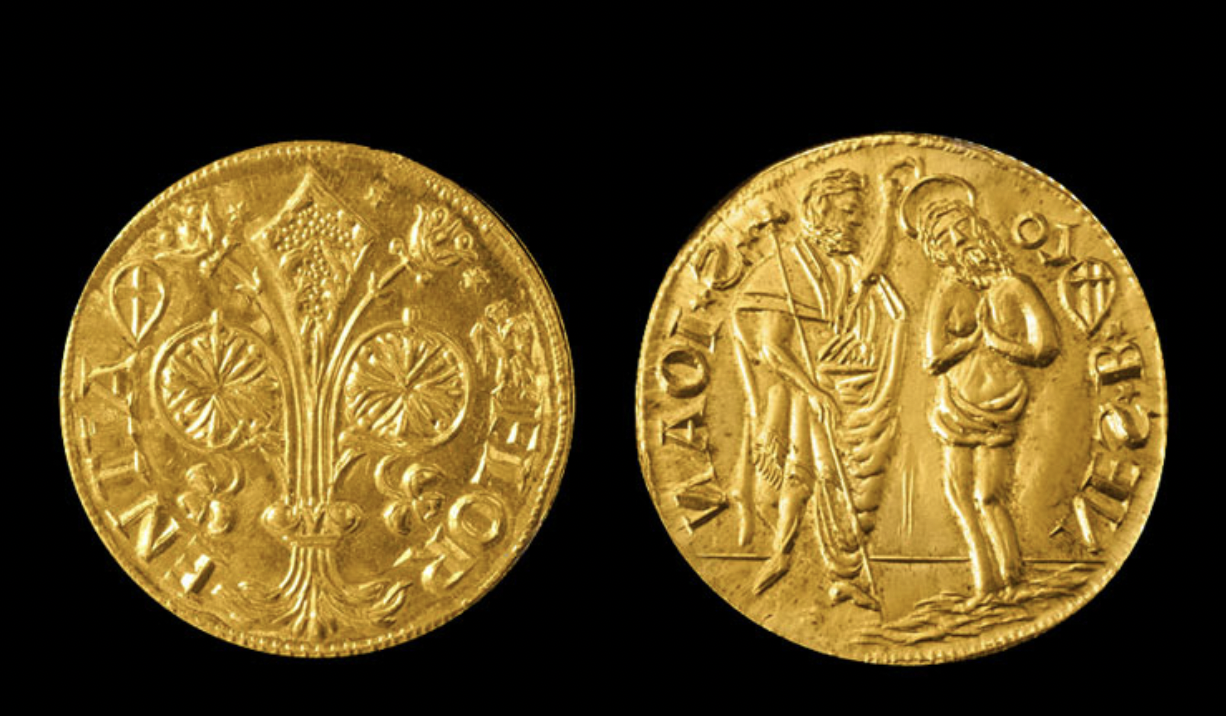In the previous article, we covered the ancient civilisations using gold as a medium of exchange. Today we shall look at it changing to a standard by which fiat currency was based on.
One of the main reasons gold and silver failed to carry on and the gold standard took over was that gold and silver coins were easy to create. All one needed were counterfeit moulds and dies.
On top of that, it was easy for coins to be clipped. That means a little bit of the coin was chipped off at the ends to slightly reduce its weight. Over time, accumulation of these chipped parts could be smelted into a whole coin.
Even with new minting technology that was set out to solve the counterfeit issue did not help, and in the end fiat system of paper money was favoured.
Early fiat system was based on both gold and silver. Different notes would be tradable at the bank for their pre-defined amounts of gold or silver. However, another issue arose, which was that there was an imbalance of supply between gold and silver. Since there was an exchange rate between gold and silver, some may exchange multiple silver notes for gold instead of for silver. In the end, it was decided that only gold would be used to back the value of fiat money. This was the start of the gold standard.
Though the United Kingdom started it all the way back in 1821, it was only in the 1870s when Germany, France and the United States adopted it that the world started to shift to the gold standard.
This standard held till 1914, at the end of World War 1. It is fondly looked upon as the period of high economic growth and prosperity globally. Inflation, though, was only averaging around 0.1% per year.
In the next article, we will go through the downfall of the gold standard and the attempts to re-instate it.
Sources: britannica.com, econlib.org, focus-economics.com#goldstandard#gold#goldhistory
